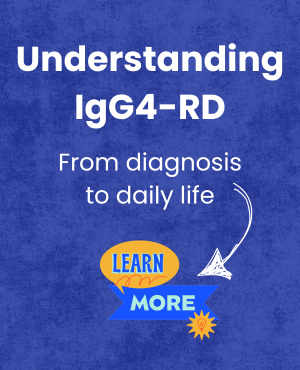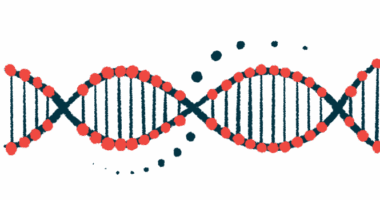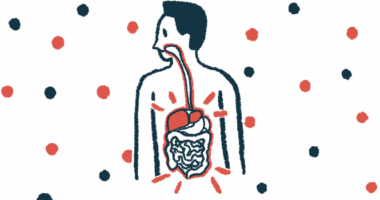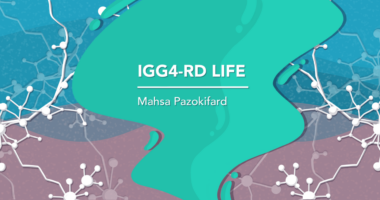Rituximab effective for all IgG4-RD disease types, study finds
2 types may have poorer responses, according to multicenter study
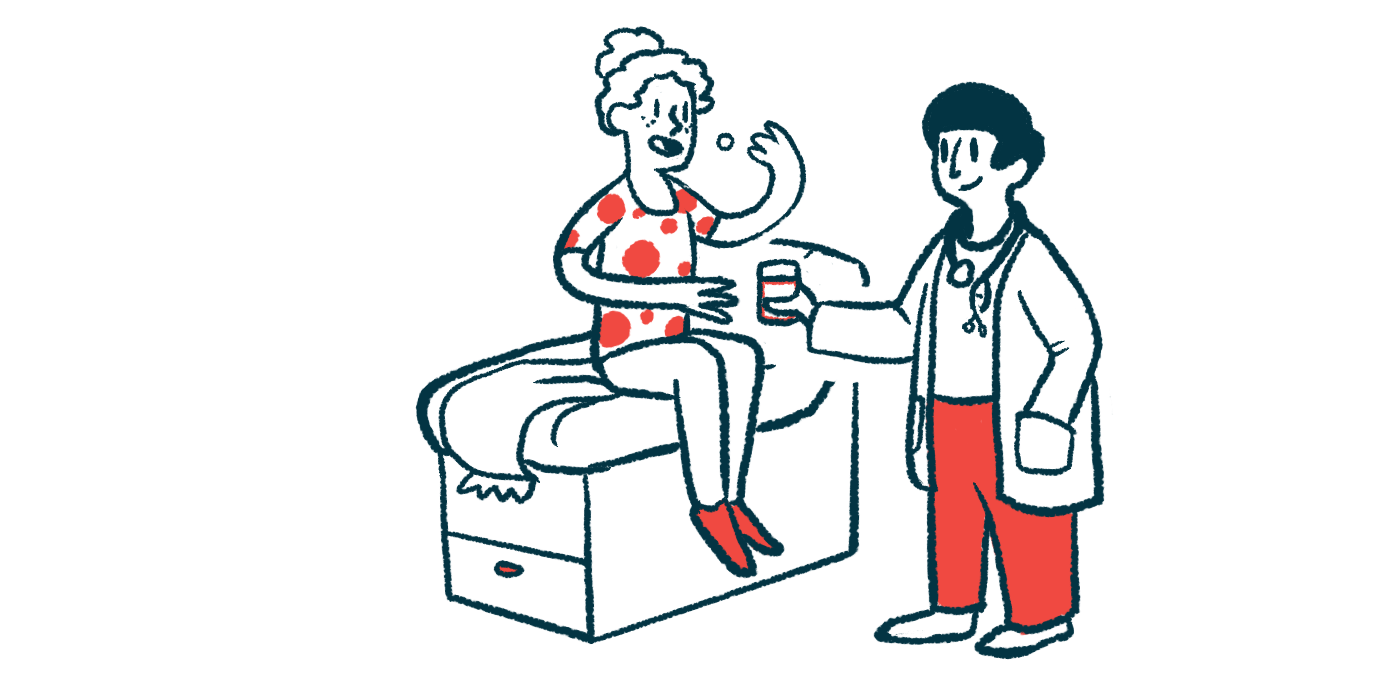
Rituximab is effective for all four clinical profiles of immunoglobulin G4-related disease (IgG4-RD), but two IgG4-RD profiles, or phenotypes, may show poorer responses, according to a multicenter study in Europe.
“Patients in the retroperitoneal and aortic and head and neck-limited phenotypes may be less responsive,” the researchers said, and these patients may benefit from “alternative treatment approaches for induction and/or maintenance treatment, and better enrollment strategies to ensure adequate representation of these phenotypes in clinical trials.”
The researchers said they believe their study is the first to investigate rituximab’s effectiveness across all four of the disease’s identified phenotypes. The study, “Effectiveness and safety of rituximab across the four phenotypes of IgG4-related disease: a European multi-center cohort study of 115 patients,” was published in the European Journal of Internal Medicine.
IgG4-RD is characterized by tissue infiltration of plasma cells, a mature form of immune B-cells, that produce a type of antibody called IgG4. These cells can form tumor-like masses or lesions in virtually any part of the body.
The disease is usually categorized into four main clinical profiles based on the organs that are most affected. These are pancreato-hepatobiliary disease (affecting the pancreas and bile ducts), retroperitoneal fibrosis and/or aortitis (affecting the back of the abdomen), head and neck-limited disease, and classic Mikulicz syndrome with systemic involvement (similar to the head and neck-limited profile but with widespread body involvement).
Study looks at 115 patients to see variations
Rituximab, administered directly into the bloodstream, depletes B-cells. It was originally developed to treat cancers caused by uncontrolled B-cell growth, but it has also been widely used to treat B-cell-driven diseases, including IgG4-RD — even though it’s not approved for that indication.
Although studies have shown that rituximab may be effective for controlling IgG4-RD, little research has been done into how treatment responses vary across the four main subtypes.
The scientists analyzed data from 115 adults treated with rituximab at one of three referral centers in Oslo, Norway; Munich; and Milan.
Participants’ mean age was 56.2, and most (74.8%) were men and Caucasian (86.1%). The most common clinical profile was classic Mikulicz syndrome with systemic involvement (35.7%), followed by pancreato-hepatobiliary disease (28.7%), retroperitoneal fibrosis and aortitis (19.1%), and head and neck-limited disease (16.5%).
Nearly all participants received two infusions of rituximab two weeks apart. Almost two-thirds received another infusion six months later, though this was done at the discretion of each patient’s doctor.
About three-quarters of patients were also treated with glucocorticoids, a class of anti-inflammatory and immunosuppressive medicines commonly used in IgG4-RD.
The main efficacy measure was the number of patients who, after six months of rituximab treatment, saw a notable easing of symptoms and experienced no disease flare (sudden symptom worsening) while on a relatively low glucocorticoid dose.
Results showed 69.6% of participants met this primary outcome, and this rate was comparable across all four IgG4-RD clinical profiles. More severe disease and lower blood IgG4 levels at the study’s start were found to be significant predictors of this outcome.
About 80% of patients saw a notable easing of symptoms after six and 12 months of treatment. Again, response rates were comparable among the phenotype groups.
However, certain outcomes varied by phenotype. Six months after starting rituximab, 4.5% of people with the retroperitoneal fibrosis and aortitis phenotype were in remission (meaning they had no symptoms while on a low glucocorticoid dose). In the other three types, remission rates at six months were notably higher (18.2%-36.6%).
After one year of rituximab, remission rates were generally lower in the retroperitoneal fibrosis and aortitis group (23.8% vs. 48.5%-66.7%).
Rates of disease flares one year after starting rituximab were significantly higher among people with head and neck-limited disease (38.9%) compared with those of the other three phenotype groups (4.8%-25%).
Glucocorticoid use and dosage were similar across phenotype groups at six and 12 months.
Safety data were generally consistent across the IgG4-RD clinical profiles. Serious infections requiring hospitalization — a potential risk with immunosuppressive medications like rituximab — occurred in roughly one out of every 10 patients. Infusion reactions during the first treatment cycle occurred significantly more often in the head and neck-limited phenotype group (31.6% vs. 0%-12.2%).
“Taken together, our results demonstrate comparable treatment responses at 6 months across phenotypes,” the scientists concluded. “However, the retroperitoneal and aortic phenotype had lower remission rate, and the head and neck-limited phenotype was more likely to flare, indicating less complete and more transient response in these phenotypes, respectively.”
The team said the data support the use of alternative treatment strategies for these phenotypes, though they cautioned that additional research will be needed to validate and expand on the results.



